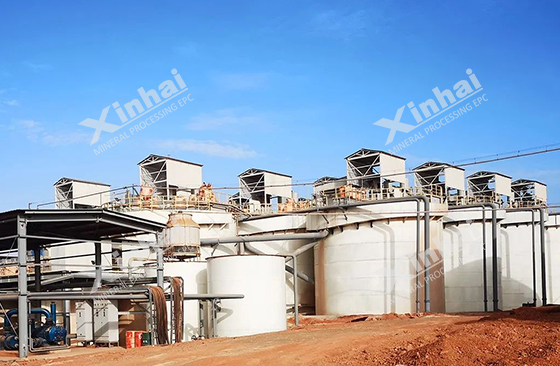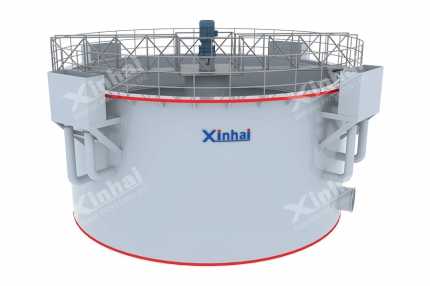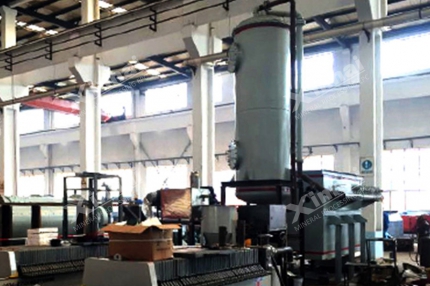At present, the most commonly used gold processing method is the gold cyaniding process. More than 80% of the gold mines use gold cyaniding process to extract the gold. Therefore, what are the methods for the gold cyaniding process? What's the difference among these methods?
Generally, the gold cyaniding processes mainly include carbon in pulp (CIP process), carbon in leaching (CIL process), pool leaching process and heap leaching process.
Use the table of contents below to navigate through the guide:
01Carbon in pulp (CIP) and carbon in leaching (CIL)
The main difference between the CIP process and the CIL process is the order of leaching and adsorption.
The CIP process is to put the activated carbon into cyaniding pulp for adsorbing the dissolved gold, and then extract the gold from the activated carbon.
The CIL process is developed based on the CIP process, which combines the adsorption with extraction processes. The slurry is thickened before the leaching operation, and the carbon is added shortly once the leaching operation starts so that the leaching and adsorption are simultaneously performed, and then the gold-loaded carbon is treated with the desorption electrolysis system.

Compared with these two gold cyaniding processes, the CIL process is suitable for treating the oxidized ore with a low sulfur content and a large amount of mud, and not suitable for treating the gold ore with a high content of silver. The CIP process is usually suitable for the gold ore with deep oxidation degree and without impurities (such as copper, tin and carbon aceous materials).
02Heap leaching process and pool leaching process
These two gold cyaniding processes are modern and simple gold extraction processes.
The heap leaching process is to stack the ore on the waterproof material, the cyanide solution is permeated through the ore layer, so the gold is leached from the ore, and discharged to the pregnant solution tank for recovery.
The pool leaching process is equipped with a leaching tank and a lean solution tank. Place the ore into the tank, and deploy the leaching solution on the lean solution tank, then pup the leaching solution to the leaching tank, the pregnant solution is discharged after a while.

The heap leaching process is widely applied in the porous gold ore with a low grade and fine grain size. The pool leaching method is suitable for gold ore that has a certain degree of oxidation and requires a longer leaching time. It can also be used in some gold mines that are small-scale but not suitable for the construction of a whole gold processing plant.
There are no two same mines in the world, and proper gold cyaniding processes vary from different ore conditions. Take a gold processing plant in Tanzania as an example, the gold ore in this mining area was mainly composed of sulfide ore and oxidized ore. After the mineral processing test, the all-sliming cyanidation method was adopted to this gold processing plant. Finally, the final oxidized gold leaching rate reached 93.75%, and the sulfide gold leaching rate reached 91.58%.

Although there are so many common gold cyaniding processes, we shouldn't select it casually. Before determining the gold cyaniding process, it is necessary to do a full mineral processing test to determine the most appropriate gold cyaniding process according to the ore properties.


 marketing@ytxinhai.com
marketing@ytxinhai.com  0086 13810327080
0086 13810327080 






































































































 CHAT
CHAT MESSAGE
MESSAGE





